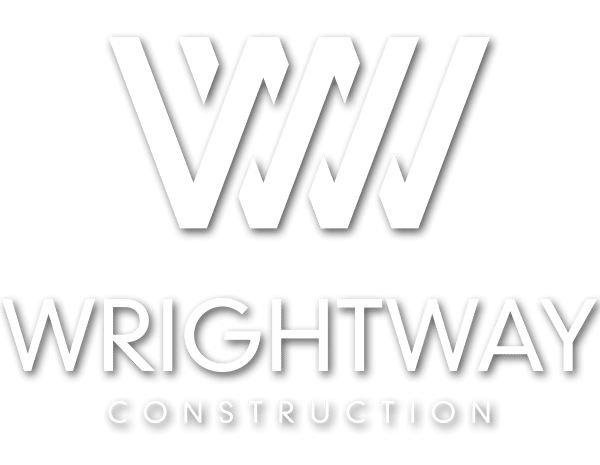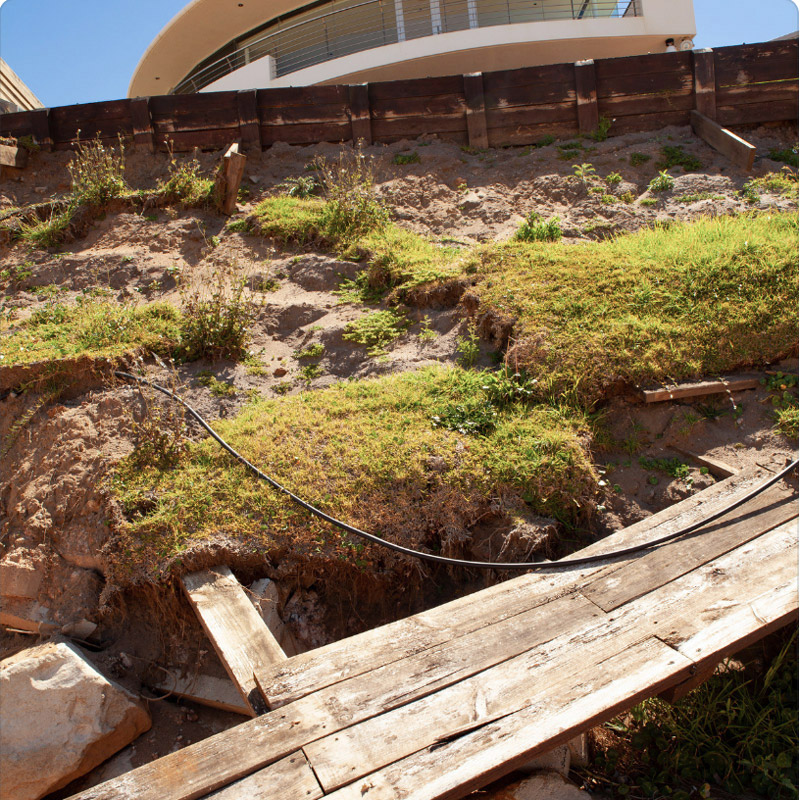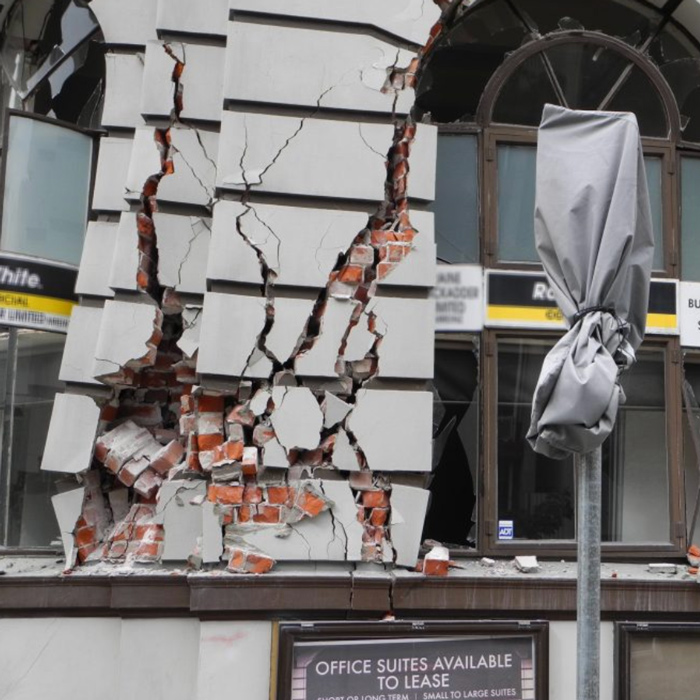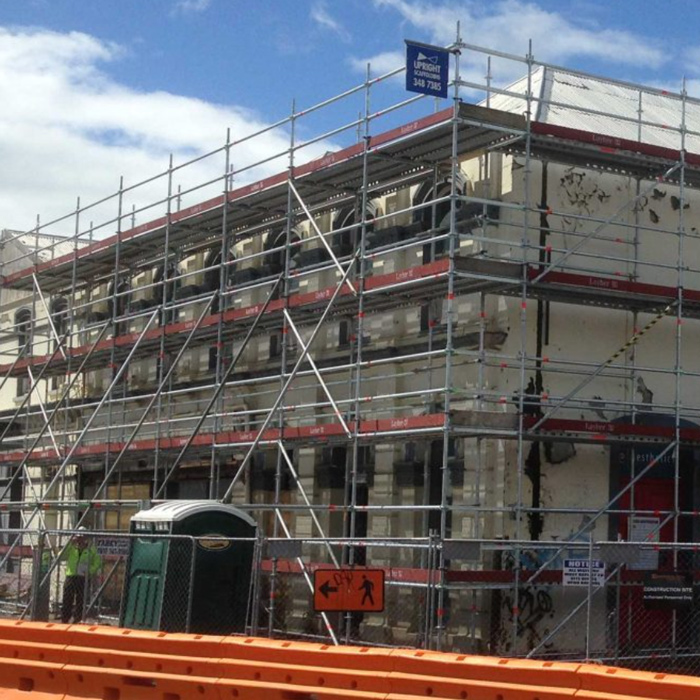Seismic Assessments
Do I Need A Seismic Assessment?
A seismic assessment is required if you have been issued an EPB notice from the Christchurch or local council, and assuming you want to keep your building insurable. Our team provides earthquake prone building (EPB) assessments from senior, qualified structural engineers who can be on site within just days of your request and who can report in detail all findings and your most cost-effective repair methods. It's best to book our engineers sooner rather than later because demand will increase as we get closer to the 2024 deadline. Your building must be restrengthened to a minimum standard of 32% Earthquake resistance by 2024 and 64% before 2028.
What is a Seismic Retrofit?
A seismic retrofit is the process of strengthening a building to better withstand earthquakes. Earthquake strengthening can be done by adding new structural elements, reinforcing existing ones, or changing the way the building is supported. The goal is to make the building safer and less likely to collapse during an earthquake. Seismic retrofits are often required by building codes in Canterbury areas that are at the most risk of earthquake damage. They can also be voluntarily undertaken by building owners who want to protect their property and occupants.
The process of seismic retrofitting typically begins with a thorough engineering analysis of the building. This seismic assessment will identify which parts of the structure need to be strengthened and what changes need to be made. Once the engineering analysis is complete, the next step is to develop a retrofit plan. This plan will detail all of the work that needs to be done, including any construction or changes to the building’s support system.
Strengthening work can sometimes be completed while the building is occupied, though some disruptions are a likely to occur. In some cases, it may be necessary to temporarily relocate occupants while construction is underway due to noise. Once the seismic retrofit is complete, the building will be stronger, up to code, and better able to withstand earthquakes. This will provide a higher level of safety for occupants and help protect your asset against damage or collapse while deeming it insurable.
Seismic Reinforcements Versus Seismic Retrofits
Is seismic reinforcement the same as a seismic retrofit? Seismic reinforcement is the process of strengthening a building or structure to make it more resistant to seismic activity, such as earthquakes. Seismic retrofitting is a similar process, but typically refers to the retrofitting of existing buildings and structures rather than new construction.
Our Seismic Assessment Process.
Quick Response
One of our qualified earthquake strengthening engineers will visit you on-site to carry out a seismic assessment. They’ll document the repairs required to bring your building up to the required standard.
Seismic Strengthening Assessment
The initial seismic assessment will take place immediately once we’re at your location, so please be prepared to give us access to all areas of the building. We’ll be assessing if a seismic retrofit, or repairs are required.
Scope of Works
During the assessment process, we detail all issues, deterioration and detailed a report known as a scope of works. We include photo reporting, the estimated costs required and a possible timeline for your repairs. You’ll have this report within 14 days of the assessment.
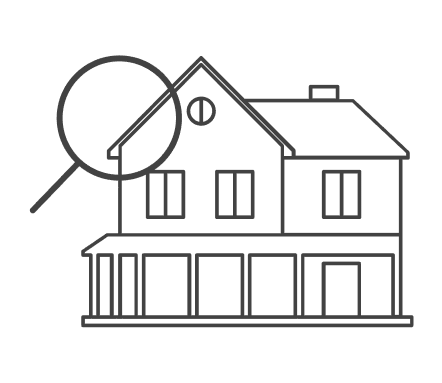

When On-site
Many of the seismic reinforcement process allow you to remain in the building. We’ll make as little disturbance as possible, but there will be times where we need to cut the power, and the access to your elevator shafts. You’ll get plenty of notice to notify your tenants and we’re always aiming for the least amount of disturbance possible.
Quality Assurance
Once completed, your building is now ready to submit to your insurer and council with all the relevant documentation that you’ve met compliance . Wrightway Construction operates with a 2-step, sign-off process, but we’ll also ask you to quality assure our work, also.
Completion
Your property is now be up to the minimum standard required by the New Zealand government and earthquake commission. You’ll possess all the relevant paperwork to required to reinsure your property. You’ll also be contacted by one of our senior engineers for a final quality assurance process several months after the strengthening process.
Frequently Asked Questions
Seismic strengthening is important to protect buildings and their occupants during an earthquake. Unreinforced masonry or older buildings may not be able to withstand the forces generated by a major earthquake, leading to collapse and loss of life.
Seismic strengthening can be done in several ways, including adding reinforcements to the structure, such as steel beams and columns, as well as adding seismic dampers.
A Seismic Assessment is the process of evaluating the seismic safety of a building or structure by analyzing its design and construction to determine its ability to resist earthquakes.
Seismic Assessments are performed by qualified structural engineers or seismologists who have experience in evaluating building structures for seismic resistance.
The frequency of getting a Seismic Assessment completed depends on the seismic hazard of the region and the age of the building. It is typically recommended to perform a seismic assessment every few decades or whenever major modifications or renovations are made to the building. In New Zealand, the government and local councils have dictated that your building needs to reach a minimum strengthening standard of 32% by 2024, and further strengthening by 2028 to 64%.
Can't find the answer you're looking for?
Ask us here.
